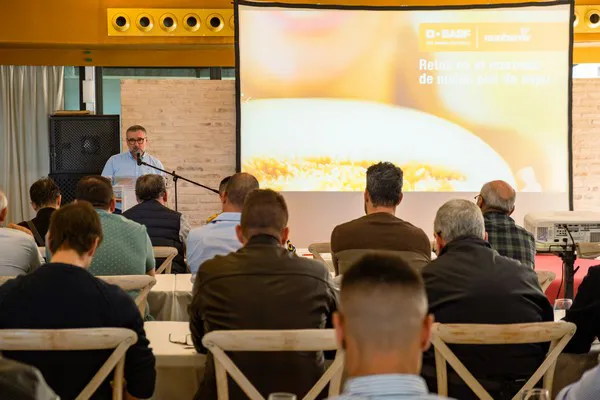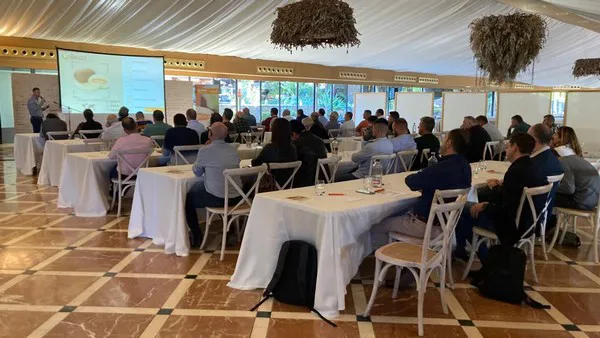BASF's horticultural seed business, which operates in the market under the Nunhems brand, held a meeting in Murcia on Thursday, November 24, with the Spanish Piel de Sapo melon producing and marketing sector to analyze the current situation of this fruit and expose some of its opportunities to continue growing. In the meeting, Javier Iglesias and Rodolfo Vidal, Kantar analysts, presented a detailed analysis of the market and consumer profile.

"More than 70% of the consumers of Piel de Sapo melon are over 50 years old," they said, which means the sector should 'rejuvenate' a category that, every summer, faces increasingly more competition from other out-of-season fruits, such as mandarin or avocado. "Consumption is concentrated in Andalusia and the peninsular Levant, and it still presents excellent growth opportunities in the rest of the regions," they stated.
"Moreover, consumers are not convinced by convenience formats (IV range) but they are looking for sizes more in line with the new family units. Promoting sizes that are better adapted to the current consumer, without sacrificing quality, represents a key future opportunity for this product."

Resistances, taste, and post-harvest
Without losing sight of the evolution of the Piel de Sapo market, BASF continues to focus its genetic improvement on flavor. "It is non-negotiable," stated Juan Pedro Perez, BASF's EMEA melon and watermelon Regional Crop Lead. There's no doubt that the loss of taste quality is one of the reasons that this category is experiencing a downward trend, he added.
"The search for greater resistance to guarantee the producers' profitability is the second pillar of the company's development of new varieties. After finding the resistance to the New Delhi virus (ToLCNDV) and putting on the market its first commercial varieties, the company is currently focused on creating varieties that are resistant to powdery mildew and aphids," BASF sources stated.
Finally, BASF is aware that counter-season products continue to be key in a global market, and, to this end, they continue to improve their post-harvest without sacrificing quality or flavor, Perez stated. "We must find the perfect balance between flavor and shelf life," he stressed.
A portfolio in line with the market
Among its latest additions to its Piel de Sapo melon portfolio, BASF highlighted different varieties, such as Rockero F1, "which has proven to be an excellent variety, since it is working very well in Spain, Senegal, and even Brazil." The Kumara F1 and Kudoru F1 complete the company's mini Piel de Sapo Kukino melon line.
For more information:
Nunhems
Tel.: +34 950 497 776
nunhems.customerservice.es@vegetableseeds.basf.com
www.nunhems.com
